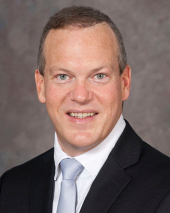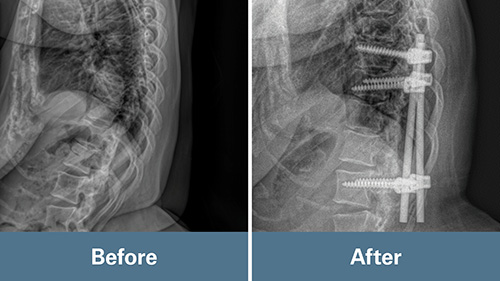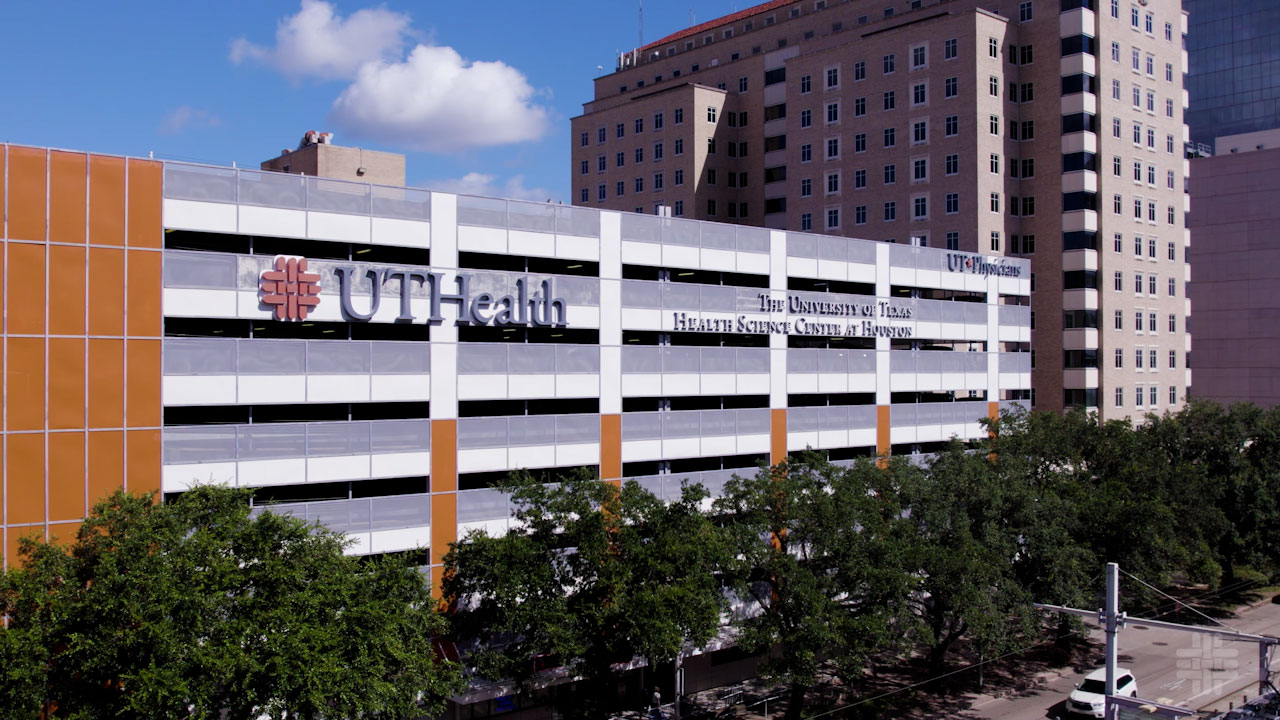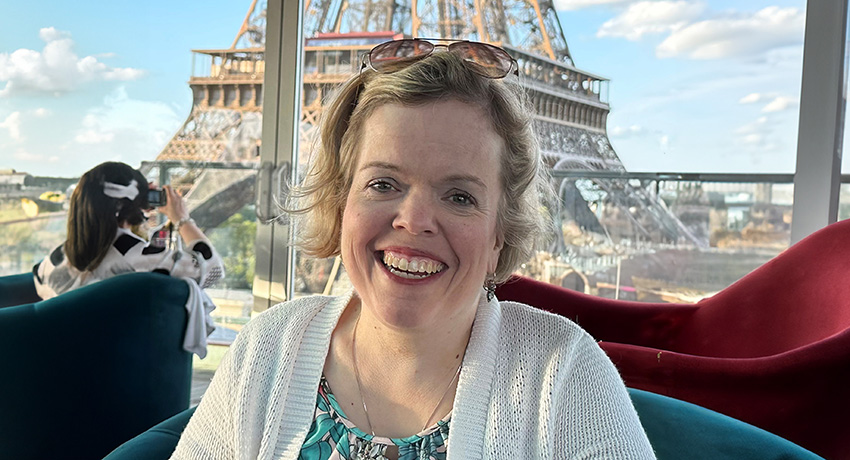Jaime Osburn, a spirited educator with a passion for her students, had significant challenges due to spinal stenosis, a narrowing of the spinal canal that can compress nerves. The condition can cause mobility limitations, which was the case for Jaime, who began using a walker before age 40. Last fall, she experienced hip pain, which she attributed to the normal aches and pains of setting up her classroom and the beginning of school. But the pain progressively worsened.

Jaime knew finding the right medical specialist would be another challenge. She was born with achondroplasia, a genetic disorder that affected her stature and limb length. It can lead to spinal stenosis. A pediatric geneticist said Jaime would have a normal lifespan, but it would look different. Jaime’s parents appreciated his honesty and made every effort to help her experience a full range of academic, social, and recreational activities. Jaime didn’t let her condition hold her back.
“My short stature has not prevented me from earning a graduate degree, having professional relationships, and enjoying collegiality,” said Jaime, a teacher of 24 years. “I’ve had some health issues along the way, but thankfully, it hasn’t impacted my career.”
As her hip pain worsened, she knew she needed a specialist who was knowledgeable about achondroplasia. Based on past experience, she knew that finding one wouldn’t be easy. This time was different. This time, her search led her to Eric Klineberg, MD, an orthopedic surgeon at UT Physicians Spine Clinic – Bellaire.
Pursuing a diagnosis
Klineberg evaluated Jaime and identified scar tissue, nerve compression, and loose implants from a previous surgery as key issues. His primary goal was to relieve pressure on Jaime’s nerves.
A body with shortened limbs on an average-size torso often leads to spinal issues, including spinal stenosis that puts pressure on the nerves. This can cause discomfort and mobility limitations, as was Jaime’s case.
“A significant number of patients with achondroplasia may need spine surgery at some point in their lives, and multiple surgeries are fairly common, unfortunately,” said Klineberg, a professor and Milton “Chip” Routt Chair of Spinal Surgery at McGovern Medical School at UTHealth Houston. “Surgeons usually focus on the area where things are the worst, and patients may have to come back 10 to 20 years later to fix something else.”
For Jaime, Klineberg was her second chance.
Moving forward with spinal surgery
In December 2023, Klineberg performed a laminectomy or decompression of her lumbar and thoracic spine. He also removed the implants from her previous surgery to prevent potential problems in the future. While some surgeons stabilize the spine after decompression, Klineberg prioritizes maintaining natural spinal motion. Working through scar tissue from a previous surgery proved challenging.
“That increased the risk of further spinal cord injury,” Klineberg said. “It was a meticulous surgery because of the special anatomy and the substantial pressure.”
Compelling success
Jaime said her experience with her second surgery was vastly different from the first. Jaime was in the hospital for five weeks after her first surgery, compared with four days after surgery by Klineberg.
“My scar was just as long and deep this time, but it closed with only glue,” Jaime said.

Klineberg’s expertise and commitment to understanding Jaime’s unique case illustrates the impact of personalized care. He focused on restoring her neurologic function and getting strength back in her legs so she could be successful in her classroom.
“Once you take pressure off the nerves, things can get better fairly quickly,” Klineberg said. “Regaining her strength and alleviating her pain made Jaime feel as if she could take on the world. She’s a pretty tough cookie and really sailed through surgical recovery.”
Getting back to the classroom motivated Jaime’s strong recovery, according to Klineberg.
“It’s always fun when you see people who have found their ‘why’ or purpose,” Klineberg said. “Jaime clearly found her ‘why’ in teaching children and just loves every bit of it.”
Jaime’s resilience and the collaborative efforts of her medical team continue to shape her journey toward a pain-free future.
“It’s definitely nice not to be in pain,” she said.
Jaime can stand now for a few minutes without grabbing onto her walker. Her balance is getting better, too.
“I’m grateful I had this surgery, not just to relieve the pain, but because I think my overall health is better,” Jaime said. “I’m grateful for Dr. Klineberg because he genuinely cares and is very knowledgeable.”


